Neckpieces


Raatbati Aam-Bichhey Choker
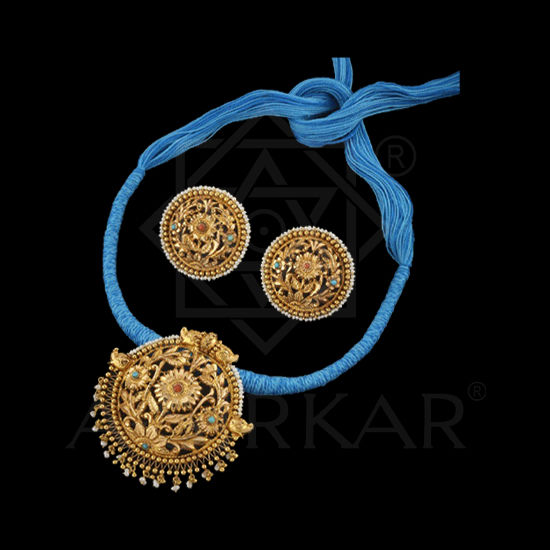
Basanta Bahika

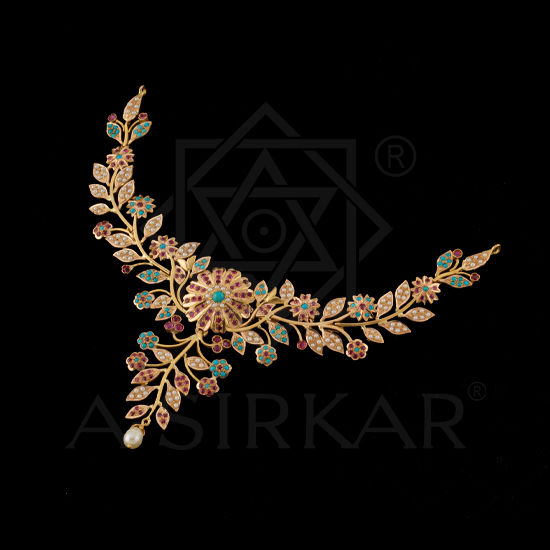

China Aster
Times were when the only things of regular use that could lay claim to being proudly Chinese had nothing to do with electronics or food or clothing or footwear...
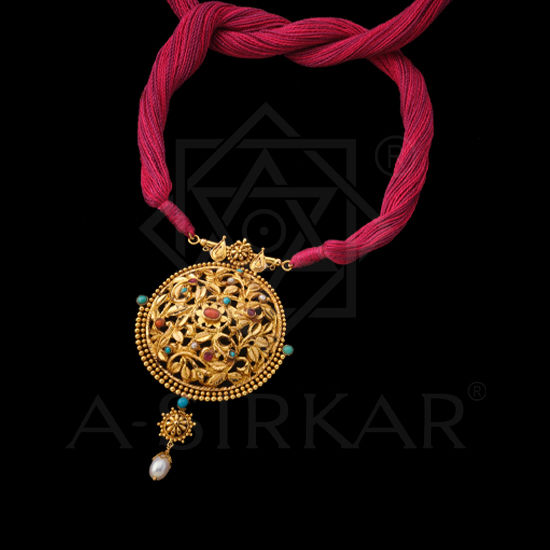
Pemaloma Pendant


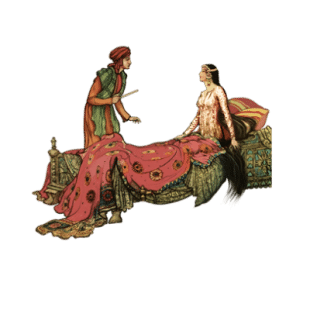
Rose-Vine Shelly

Jhilik



Rajandhraben
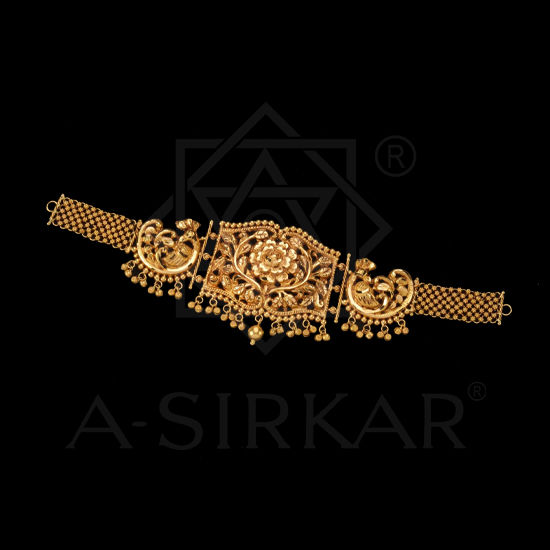
Rosa California Choker (with peacocks)



Kheyali

Shirsana
There's no reason to believe that personal adornment has anything to do with the mental state. Or is there? Especially when it comes to precious jewell...

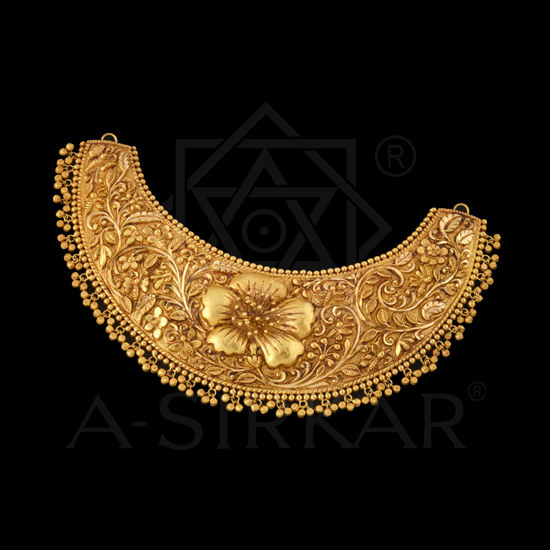

Mahamaya

Joroa Carrom Board Choker


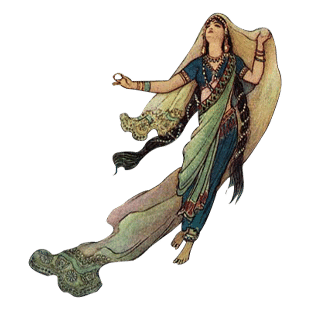
Borsha-Baran Muff Chain

Punjabi-Pinjrakari Maaduli-Chatai Necklace



Garden of Love
the song of the birds for mirth,
one is nearer God's heart in a garden,
Than anywhere else on earth."
Here it is again, the enchanting penultima...

Arati
"I'm a co...

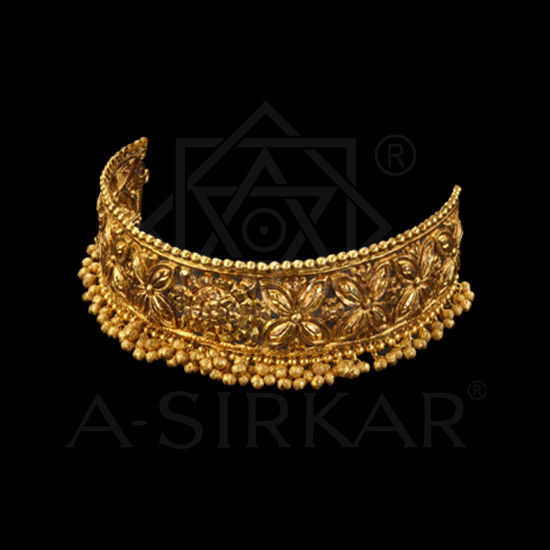

Kamal Clover

Maharani Madhurima



HimSagar
Commissioner of Taste and Fragrance
Department of Mango Affairs and Standards (DoMAS)
Government of Aam Bharat.
NOTICE
After five decades o...

Coeur D'Carnations Shelly



Vigne d'Or 'Sudarshana'
And while those pithy words can be ascribed to an architect - interior designer of repute, they are of great sig...

Manali



Kokilkunja

Sahibjaan

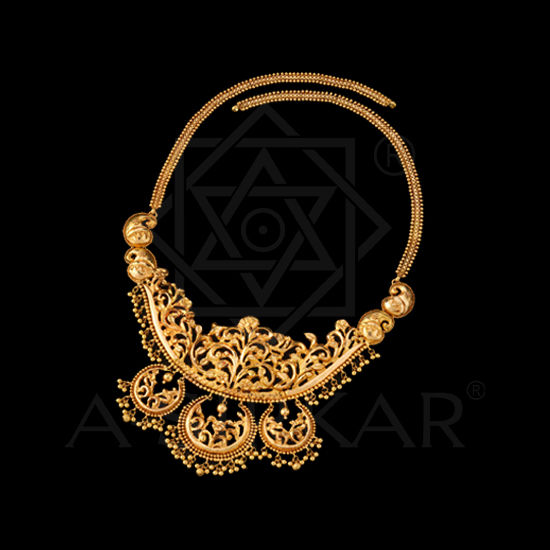

Singerkach

Suvarna Matar-Mala



Hridayam
I think of you and everything's okay
I'm finally now believing
That maybe it's true
That I can't live without you
And maybe tw...
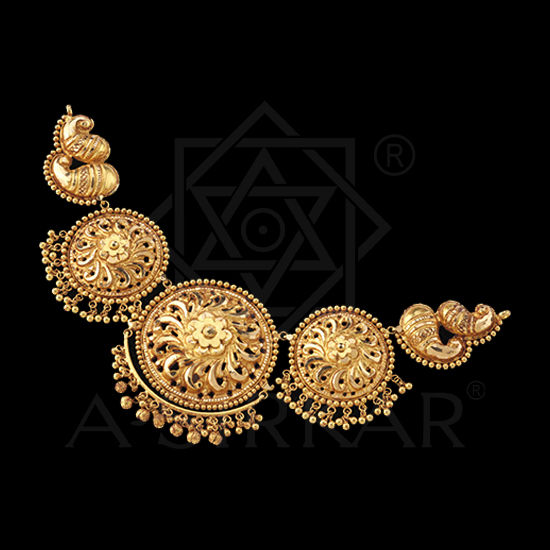
Natun-Bazaar



Debasmita— or How a Beloved Grandmother Lives on in a Precious New Jewel

Art Deco ‘Metro’ Necklace and Earrings
In the west, the Art Deco movement followed from where the Belle Epoque and Art Nouveau phases lef...



Nemali Abhramala
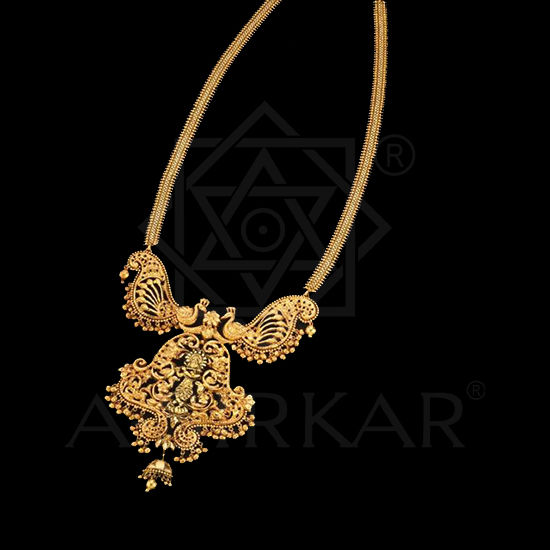
Shritama-Srinath Sita-Har



Hirer ChaltaPhul Pendant

Labangaphul Jhilimili Choker



Lal Niwas

Nabhogaja Pendant-Earring Set
Smt. Parvati Devi
Kailash Mountaintop Retreat
1 Midway Road,
Centre of the Universe.
Pin - 100001.
Madam,
Subject : To and Fro Transport Booking for Your Tou...



The Firebird Suite

Marguerite Necklace
...



Rosa Sertulata à Malmaison Choker
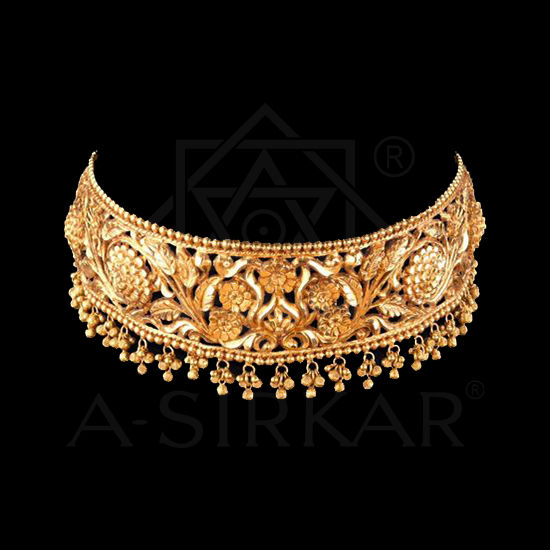
Latifa-Hydrangea Choker
You know the Latifa-Hydrangea Hansuli from May, last year, only too well for us to have to reiterate the legend of the jewel's making. That orna...



Touchwood !

Mayurpur — the Necklace
Who am...

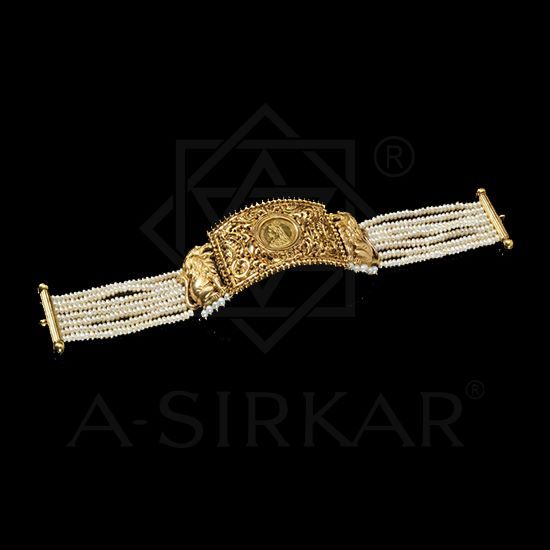

Singapura
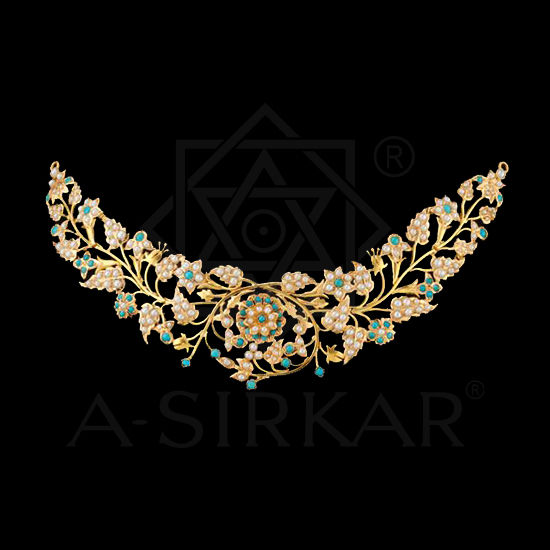
Labanya Latika



Teota-Topa-Tutan Necklace
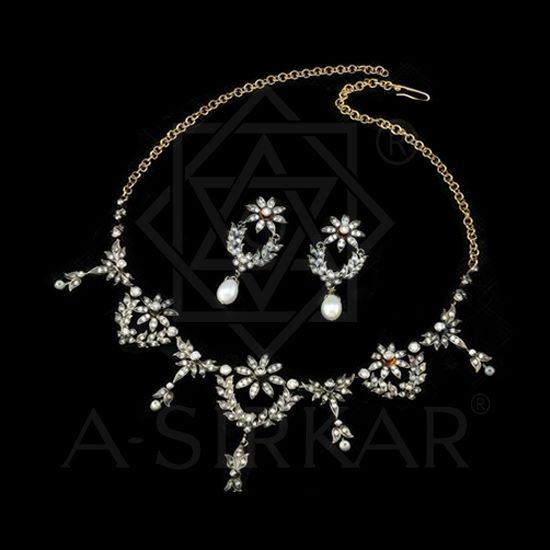
Mukto-Pushpa Hirer Mala



Mahali Hath-Pakha Sita-Har

Mogori Rose Choker



Briar Rose's Collar

Chandra-Toran



Vishoka

Anganpriya
In classical music the structure of a piece is built upon a theme that usually has a strong central melody which is later varied and repeated and is called a ‘variation’. After the first variation’...



Kingkhap
Sometime in June, the venerated Cottage Industries held a textile exhibition at the Thyagaraja Hall where only handloom silks and cottons and linen were on display mostly as clothing and related ar...

Marangoni Minaphul Necklace
This is rare. And by that we don’t just mean the ornament — which is certainly unique in that it’s a near replica of a museum piece — but also the circumstances of its manufacture.
When a cli...



Latifa-Hydrangea Hansuli
Sometimes we do too much.
From the form of this hansuli, you’ll recall easily our Grinling Gendaphul from December, 2018 that’s gone on to become something of a legend. The order...

The Juna Mahal Pendant
The Juna Mahal choker of early 2018 vintage has seen great patronage. From it was drawn a pair of pashas in August last year. Much has been said about those, and the legend of a crumbling 13th cent...



Shuk-Umlakh Guluband
On the night of our marriage I asked of him his umlakh. It wasn’t the silver kind commonly borrowed from bankers and money lenders. This had five beautiful panels in guinea gold, each depicting the...

TellaJumiki Choker
That the classic can’t be sultry is a sad misconception. Bengali wives in aristocratic homes, at the turn of the century, painting their buttocks with alta as enticement is a case in point. That pe...



Oviya
This isn't a tie-up. It isn't some kind of cross promotion either. But we must, at the outset, credit the Oviya Design Studio in Fremont, California, and its founder Meenakshi Satyavolu Rangachary ...

Subhasree
Five different kinds of virtuoso workmanship. A necklace in three sections held together with hundreds of bichha chains. A form taken beyond the usual by its deconstruction and final reassemblage i...



Grinling Gendaphul Hansuli
Just as the Kakoli Necklace (shown here on 22nd November, 2014) is a fine and suitably complex example of reverse customization, so is this, though the resulting ornament is far, far different. Her...
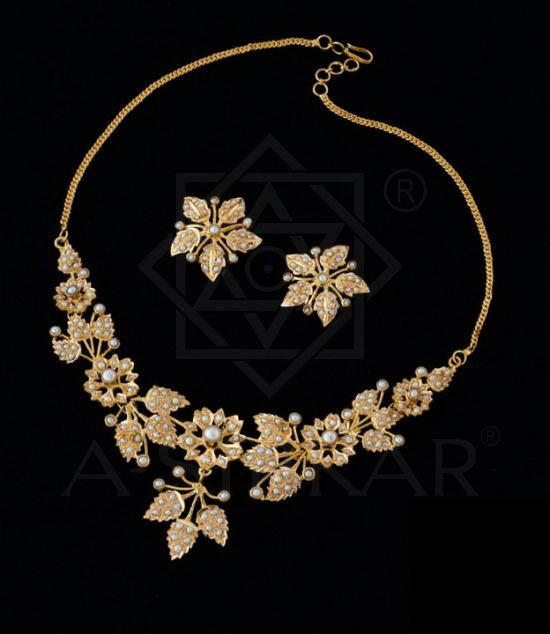
Debarati
We've known Mrs.Debarati Dutta-Cherukuri for three years now. Facebook brought us together. Or rather, our ornaments on Facebook did. Since then, we've had the occasion to make bespoke jewels for h...

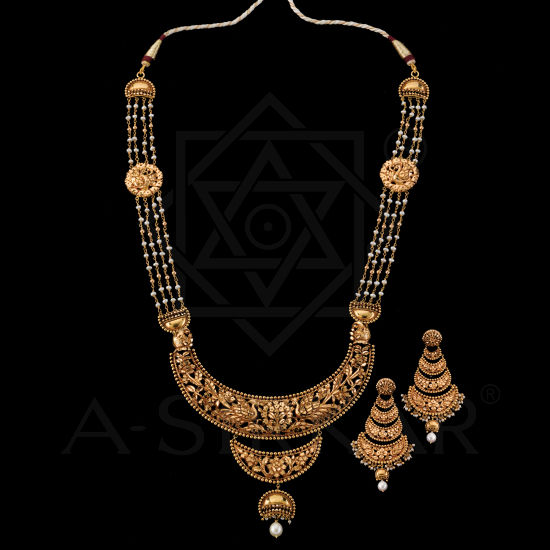

Mayurpur Necklace set
The nocturnal garden of love that comes alive with the rains, this necklace celebrates the erotic in chaste guinea gold, the ecstasy of passionate prem-bandhan immortalized in delicate delightful n...

Magic Butterfly Necklace
lariat necklaces
held together
by delicate
tulle butterflies
encrusted with
precious gems or
kaleidoscope
enameling.
All in 22k gold.
Only for t...
